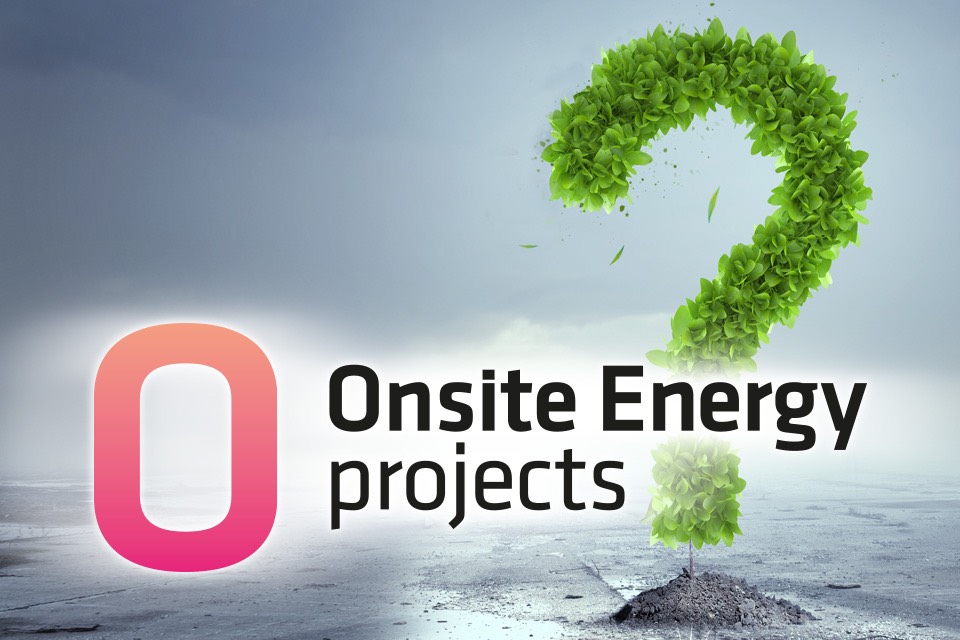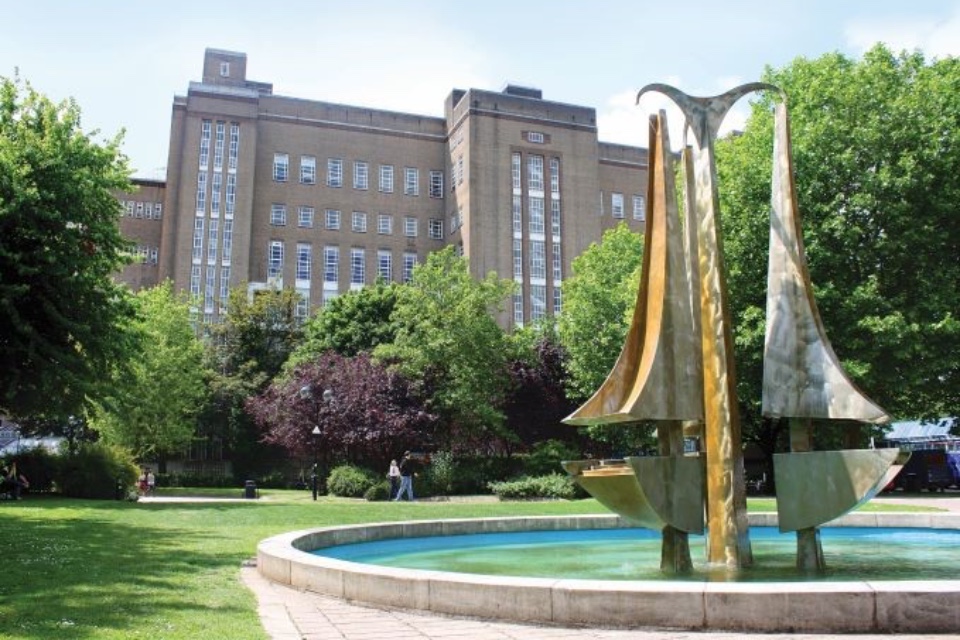Achieving NET ZERO emissions is a significant task, made all the more difficult if you use lots of gas for your process (for steam, drying, frying, furnaces etc). Gas is around 5-6x cheaper than grid electricity, so the cost of switching from gas is prohibitive.
This is a challenge I see a lot in all sorts of heat intensive sectors (food manufacturing, glass manufacturing, healthcare, care home etc). Gas is typically used either for direct combustion or indirectly to produce steam.
In 2008, the electricity grid emitted over 570 g/kWh, and gas is around 180 g/kWh, so gas was “clean”. In 2019 the grid has reduced to 255 g/kWh, and is tracking down to 130 g/kWh by 2030, with a target of zero by 2050, so gas is becoming seen as “dirty”, as it really hasn’t changed much.
Firstly there are developments happening that may start to decarbonise the grid such as biogas injection and hydrogen injection. You may wish to check how your equipment will run on a mix of gases. For some it may mean planning to replace or refit equipment.
There are technology alternatives that can be looked at but a lot will depend on the temperature of the heat that you generate using gas just now e.g. furnaces, ovens, steam or hot water. Also consideration should be given to recovering waste heat and using it to reduce gas consumption.
A relevant consideration is that over 50% of most electricity bills relates to “non-energy” costs. This is the cost of the grid transformation that is happening including renewables obligations, cost of FITs, use of system charges etc. If you generate power at your location but can often save a lot of these, which helps bring down the price gap to gas, and reduces the cost of switching. Also this can enable a different mix of power generation to be considered at the site to re-balance electricity and gas use.
Many of the measures may have a longer payback time though. How can you do them when the criteria for payback is only, say 2 years ? This is the reason Onsite Energy Projects exists. We recognised the challenge of capex availability and can provide a no-capex, off-balance sheet solution to implement both energy efficiency and on-site generation measures.
We may also be able to identify additional improvement measures, and deliver them all without any capex. If you would like to know more email us at info@on-site.energy or call on 0161 444 9989.
Onsite Energy Projects provides energy savings and energy generation solutions to energy intensive businesses, without capex if required.







